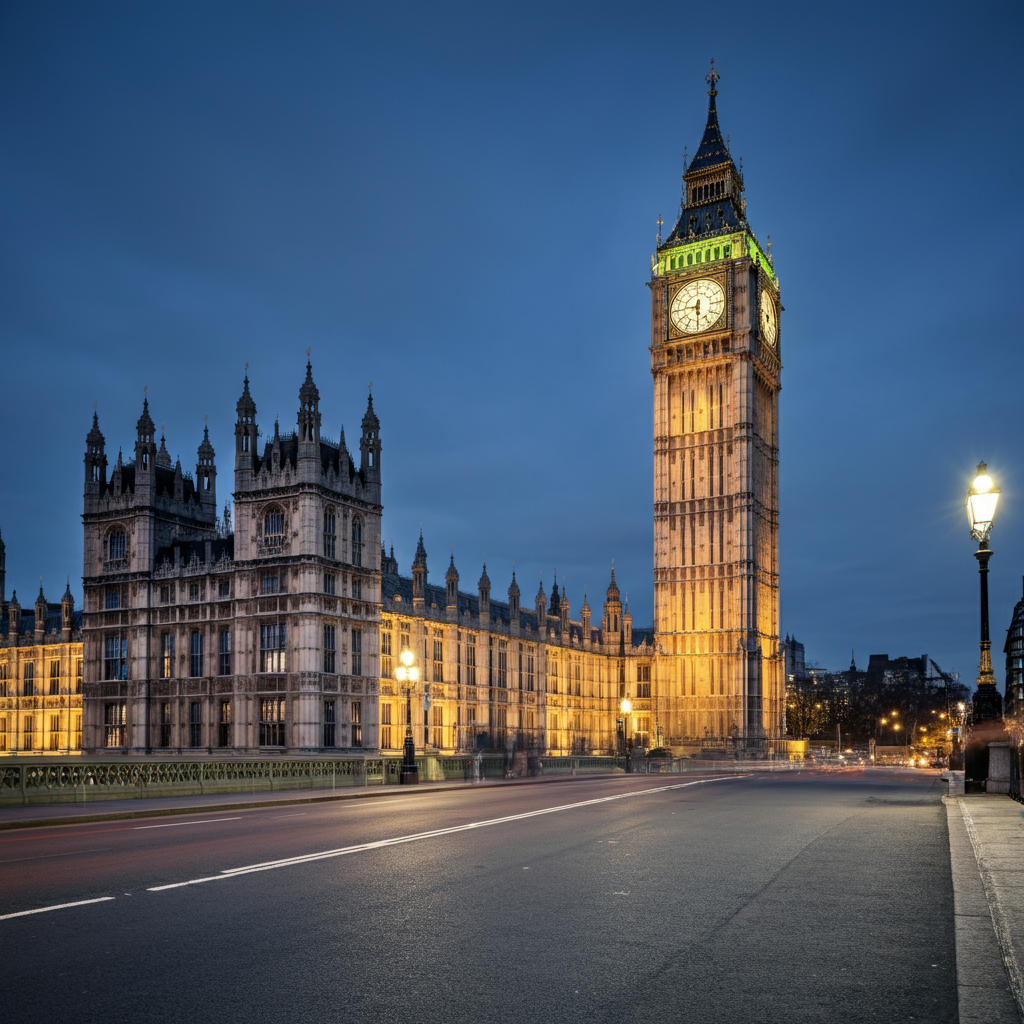When planning a trip, timing matters more than you might think. Most travelers know about peak season (busy, pricey) and off-season (quiet, but risky weather). However, the real sweet spot lies in between — in the magic of shoulder season travel. This often-overlooked window offers lower costs, fewer crowds, and authentic experiences, making it the smartest time to explore the world in 2025.
By choosing shoulder season, you unlock the perfect balance: better prices, pleasant weather, and just enough buzz to keep destinations lively. It’s no wonder more savvy travelers are adjusting their calendars to match these golden months.

Why Shoulder Season Travel Works
Shoulder season is that magical time between high and low seasons. Typically, it’s April to early June or September to November, depending on where you’re headed. For example, Europe shines in spring and fall, while Southeast Asia offers calmer experiences just before and after the monsoon months. Caribbean travelers love late April and early December for this same reason.
Importantly, shoulder season travel gives you the best of both worlds. You avoid the extreme weather risks of the off-season and skip the inflated prices of the high season. As a result, you get to enjoy top-tier destinations on your own terms.
Save More, Stress Less
Without a doubt, one of the biggest perks is saving money. Flights can cost up to 40% less, and hotels often offer special deals or upgrades. Additionally, activities and attractions may have seasonal discounts or extra availability. This means you not only spend less but also get more value for your money.
Even better, you avoid the logistical headaches of peak season: no long queues, no overbooked tours, and no jostling for space. Instead, you enjoy a calmer, more relaxed atmosphere that lets you truly connect with your destination.
Authentic Experiences and Hidden Gems
Traveling during shoulder season allows you to experience places more authentically. With fewer tourists, locals often have more time to chat, making cultural exchanges richer. Moreover, seasonal events — like Japan’s cherry blossoms or Italy’s grape harvests — bring unforgettable memories that peak season visitors often miss.
For photographers, the rewards are just as sweet. Thanks to softer natural light and less-crowded landscapes, your photos will capture the true spirit of a place — not just a sea of selfie sticks.

Perfect Timing by Destination
While shoulder season varies, here’s a cheat sheet for 2025:
- Italy: April–May, September–October
- Japan: March–May, October–November
- Thailand: April–May, October–November
- New Zealand: March–April, October–November
- Canada: May–June, September
Before booking, check local holidays or events to avoid sudden price spikes. Also, verify seasonal closures — some attractions may shut in low periods but remain open (and less busy) during shoulder months.
At its heart, shoulder season travel is about maximizing joy while minimizing hassle. It’s your ticket to affordable adventures, genuine connections, and peaceful explorations. Whether you’re a solo traveler, a family, or a digital nomad, this flexible window promises the kind of experience that high or low seasons rarely deliver.
Have you tried shoulder season travel before? Drop your favorite destinations and stories in the comments — and don’t forget to follow WentWorld for more expert travel tips and inspiration.
Catch up on the top stories and travel deals by subscribing to our newsletter!












Leave a Reply